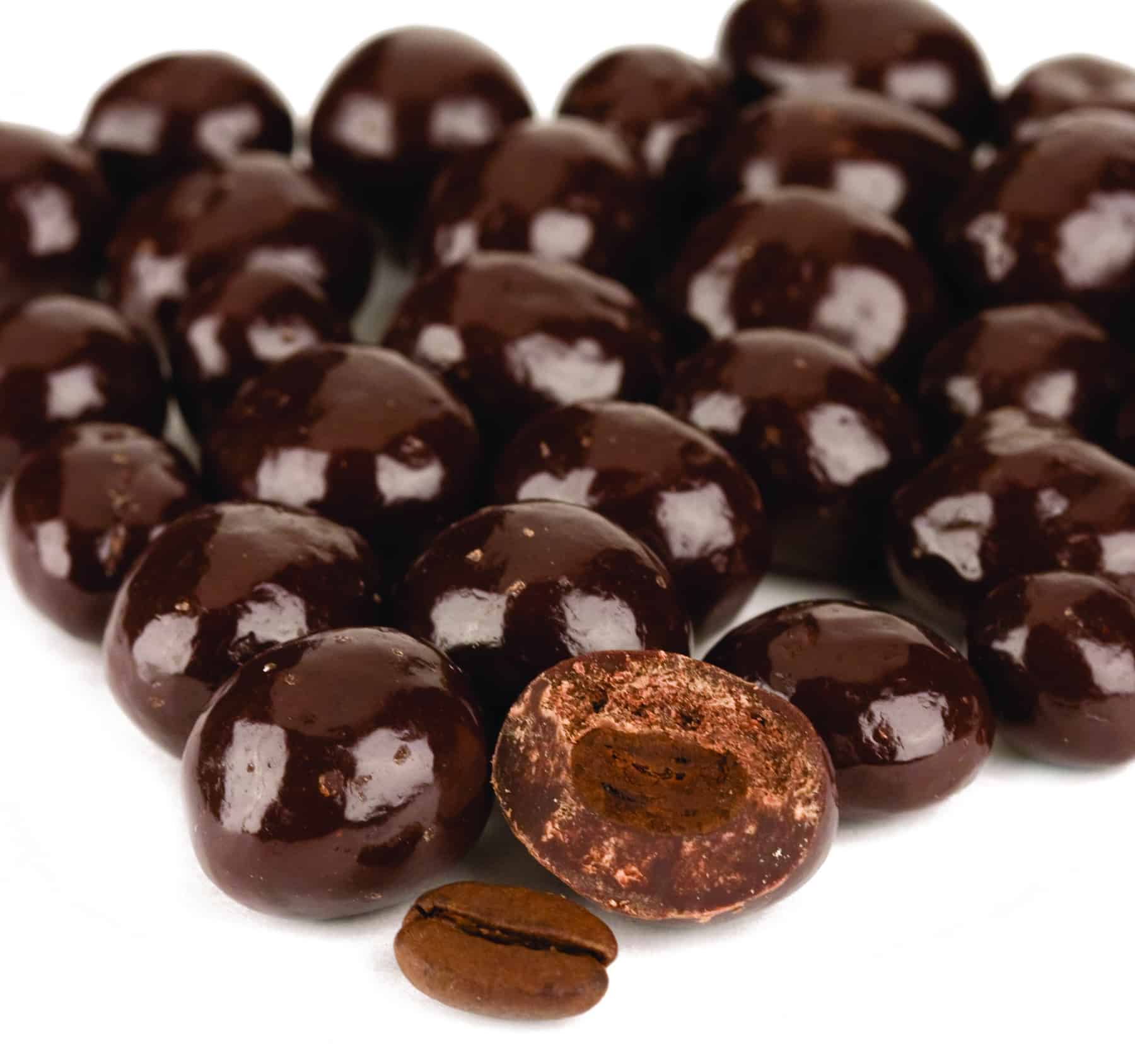Unmasking the Truth About Decaf Coffee Beans

Decaf coffee has become some sort of popular choice among coffee drinkers that want to take pleasure in their favorite refreshment minus the effects of caffeine. Decaf espresso beans undergo a process to remove most of the caffeine content while sustaining the rich tastes and aromas that will coffee lovers take pleasure in. Using the rise within demand for decaf coffee, more attention is being provided to different procedures used to decaffeinate coffee beans in addition to whether these techniques impact the taste and quality of the final product. Knowing the truth at the rear of decaf coffee espresso beans can help consumers make informed decisions if choosing their next cup of espresso.
Historical past of Decaf Caffeine
The particular discovery of decaf coffee is frequently a certain amount to a guy named Ludwig Roselius, a German vendor. Legend has this that inside the earlier 20th century, some sort of shipment of espresso beans became condensed in seawater throughout transport, which inadvertently removed most associated with the caffeine. This kind of prompted Roselius to be able to experiment further, major to the enhancement of the initial commercial viable decaffeination process.
Decaf coffee gained recognition in the Combined States during the mid-20th century, specifically throughout the era regarding World War II when caffeine rationing led customers to seek alternatives. The particular demand for decaf coffee grew gradually, prompting more development in the decaffeination methods and the particular introduction of new blends to accommodate to varying tastes.
Throughout the years, the process of decaf feinating espresso beans has progressed, incorporating various strategies for example solvent-based approaches, water processing, and even CO2 extraction. Today, decaf coffee is still a popular choice for these looking to enjoy the taste of java without the revitalizing effects of caffeine.

Decaf Espresso Processing Methods
Decaf caffeine beans undergo various methods to get rid of caffeine content. Single common method will be the Swiss Water Process, where beans are soaked throughout warm water to melt caffeine, then filtered through activated charcoal to get rid of the caffeine-laden solution.
Another prevalent technique is the Co2 Dioxide Process, which involves using liquid carbon to extract typically the caffeine from typically the beans. The espresso beans are immersed in a high-pressure CARBON environment, allowing the particular caffeine to melt while leaving typically the flavors intact.
Lastly, typically the Solvent-based Process requires using chemical solvents like ethyl acetate or methylene chloride to decaffeinate the particular beans. The solvent is used on the beans to draw out the caffeine, next evaporated off, leaving behind behind decaffeinated coffees.
Health advantages of Decaf Espresso
Decaf coffee can offer various health advantages. It contains anti-oxidants that help protect cells from damage and reduce inflammation within the body. Some reports suggest that decaf java may lower the particular risk of particular diseases such because diabetes mellitus type 2 and Alzheimer's.
Additionally, decaf coffee will be less very likely to cause digestive issues in contrast to regular coffee, making it some sort of gentler option regarding those with delicate stomachs. It furthermore contains some vitamins like potassium and even magnesium, which are beneficial for all around health and well-being.

Moderate utilization of decaf coffee continues to be linked to a new reduced risk of certain types of tumor, including liver and even colorectal cancer. The caffeine content found in regular coffee might have negative effects on some people, so deciding for decaf can be a more healthy choice without reducing the potential health benefits of coffee consumption.
